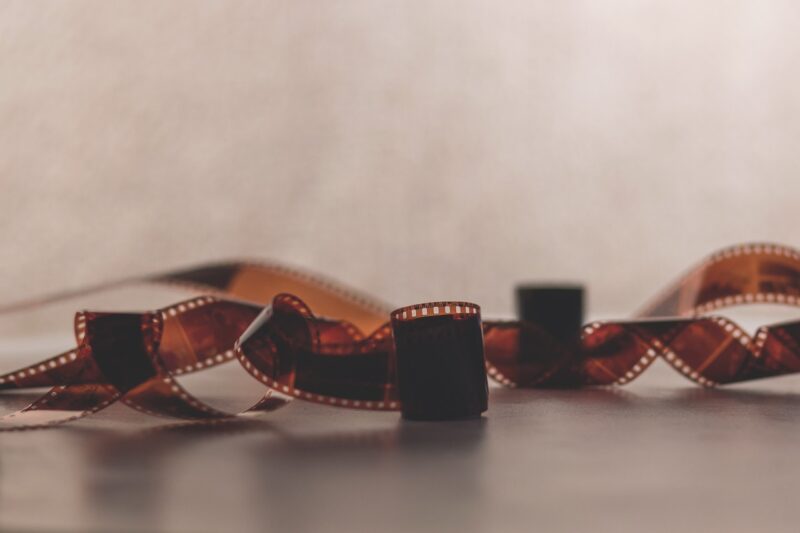The Role of Costume Design in Setting Film Era and Tone
November 14, 2024

Costume design is an essential element of filmmaking that significantly influences how audiences perceive characters, settings, and the overall narrative. It’s not merely about clothing; it’s about storytelling through visual aesthetics. When executed effectively, costume design can transport viewers to different eras, enhance emotional depth, and establish the tone of a film. In this article, we will explore the multifaceted role of costume design in shaping a film’s era and tone, validating its importance in the cinematic arts.
1. The Basics of Costume Design
Costume design involves the creation of clothing and accessories worn by actors during a film. It serves multiple purposes:
- **Character Development:** Costumes help define who a character is, their social stature, and their personality traits.
- **Contextual Establishment:** They provide essential context about the film’s setting, such as its geographical location and time period.
- **Mood Creation:** Costumes can evoke emotional responses from audiences, thereby contributing to the film’s mood and tone.
Understanding these foundational aspects helps appreciate the intricacies of successful costume design and its impact.
2. Setting the Era: Historical Accuracy vs. Creative Licensing
When it comes to setting the era, costume designers often tread a fine line between historical accuracy and artistic interpretation. The film ‘Pride and Prejudice’ serves as an exemplary case where costume design played a pivotal role in transporting the audience to the early 19th century.
### Historical Accuracy
**Research and Authenticity:** Designers often conduct extensive research into the fashion of the time—down to the fabrics, patterns, and colors used. This attention to detail helps create a believable world. For instance, designers for movies like *The Favourite* meticulously crafted costumes that accurately reflected the opulence of 18th-century fashion, utilizing historical research to inform their choices.
### Creative Licensing
**Artistic Interpretation:** However, not all films adhere strictly to historical fashion. In *Marie Antoinette*, director Sofia Coppola chose a bold approach, blending modern elements with traditional 18th-century couture, resulting in a visually stunning interpretation that sparked discussion and debate. This demonstrates that sometimes, creative liberties can enhance a film’s aesthetic while still providing a sense of time and place.
3. Establishing Tone Through Costuming
The tone of a film can be significantly affected by the choice of costumes. Colors, materials, and styles can convey emotions and set the right atmosphere.
### Color Psychology
**Using Colors to Convey Emotion:** Colors have psychological impacts that can establish mood. For instance, warm colors like reds and yellows often evoke passion, energy, or warmth, while cool colors, such as blues and greens, may evoke calmness or melancholy. In *Black Swan*, costume designer Amy Westcott utilized stark black and white colors to symbolize the protagonist’s struggle between innocence and corruption.
### Costume Evolution Throughout the Film
**Character Arcs:** Costume design can also reflect a character’s development. In *The Wizard of Oz*, Dorothy’s blue gingham dress contrasts with the elaborate gowns in the Land of Oz. As she journeyed, her costumes evolved, symbolizing her growth and eventual acceptance of her place in both Kansas and Oz.
### Symbolism Through Costumes
Costumes are often laden with symbolism. In *The Handmaid’s Tale*, the red cloaks and white bonnets worn by the handmaids immediately resonate with themes of oppression and control. The design serves to evoke an emotional response from viewers, reinforcing the film’s tone of bleakness and despair.
4. Influential Designers in Film History
The mastery of costume design is exemplified through the works of renowned designers who have played a critical role in defining film eras and tones.
### Edith Head
**A Pioneer of Costume Design:** One of Hollywood’s most celebrated costume designers, Edith Head, won eight Academy Awards for her work in films like *Roman Holiday* and *The Sting*. Her ability to blend character with fashion, ensuring that each costume was a reflection of the character’s personality and the film’s era, helped establish her as a true legend in the industry.
### Colleen Atwood
**A Contemporary Visionary:** More recently, Colleen Atwood has been recognized for her transformative designs in films like *Chicago* and *Edward Scissorhands*. Atwood’s costumes not only served the characters but also imbued the film with an otherworldly tone, deeply impacting audience perception.
5. Modern Trends in Costume Design
The realm of costume design continues to evolve with advances in technology and shifts in cultural perception.
### Technology in Costume Creation
**3D Printing and Virtual Prototyping:** Modern costume designers are utilizing technology to create intricate designs that were previously unimaginable. With 3D printing, designers can experiment with shapes and materials that challenge traditional boundaries.
### Sustainability in Costume Design
**Eco-friendly Choices:** As environmental concerns rise, many designers are now opting for sustainable materials and practices to create costumes. Films like *Mad Max: Fury Road* have showcased repurposed materials, making a statement about sustainability while still delivering visual impact.
Conclusion: The Indispensable Role of Costume Design
Ultimately, costume design is not an afterthought in filmmaking; it is a core component that plays a crucial role in establishing the film’s era and tone. Through careful selection of colors, styles, and materials, costume designers can profoundly influence the audience’s understanding of characters and settings. As film continues to evolve, so will the art of costume design, adapting to reflect the nuances of culture, technology, and artistic expression. Whether in historical epics or modern dramas, the impact of good costume design cannot be overstated—after all, the attire makes the character.
By recognizing the commitment and creativity behind costume design, we can continue to appreciate its indelible mark on the cinematic experience.







